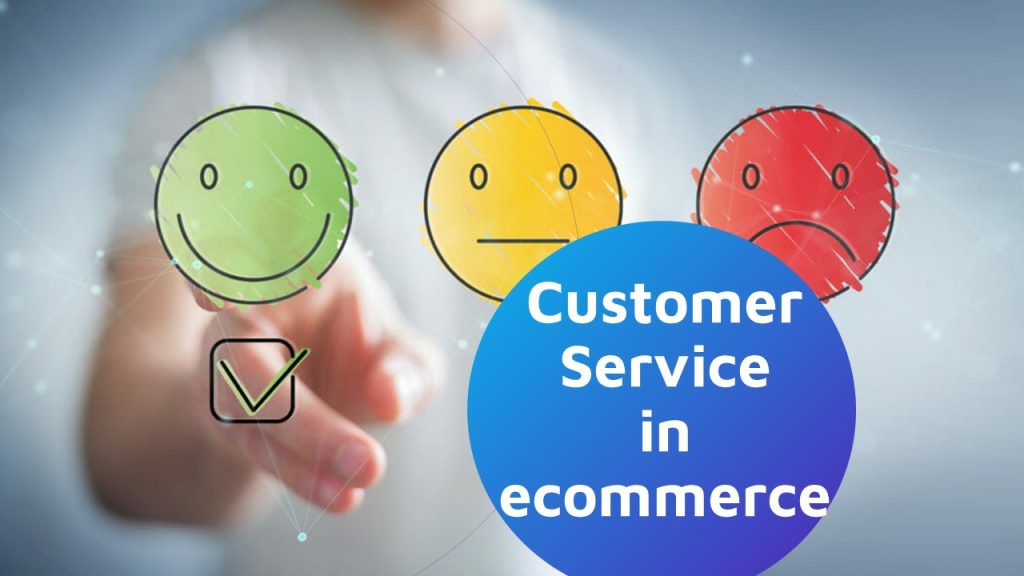DTC e-commerce stands for Direct to Consumer. Seen as well as D2C, it’s an online sales modality that allows brands to skip intermediaries and sell products directly to the end consumer.
This makes brands more aware of the importance of controlling the relationship with the customer for the future of the business.
Content2Sell works with many DTC brands, and this post seeks to explain what every e-merchant should know about it: from the current status to the reasons why it is a growing trend every brand should consider.
The evolution: from brick and mortar to click and mortar
If we drew a timeline to show the development of the DTC economy, we’d see several different periods where businesses preferred to rely on distributors and importers rather than taking care of entire processes to take products from factories to homes. Mostly due to logistic and economic reasons.
But the spread of the internet and the e-commerce take-off would radically change the ways in which brands could reach their potential customers and eventually sell products to them.
Advertising has also changed. Today, instead of advertising products on TV for customers to look for them, or using static online ads, cookies have allowed to gather and process valuable data on Social Media and other online platforms. And that data is key to narrowing down segmentation and personalizing how products, brands, and lifestyles are presented to end customers.
DTC is also a common phenomenon in traditional retail, where big brands such as Nike, Adidas or Apple also seek this type of business and direct relationship with the customer. That is, DTC e-commerce is not exclusive to digital-native brands, but a sales strategy that can be used by all brands.
Why are brands betting on DTC?
The DTC model is not exclusive to e-commerce. As a matter of fact, it was already in use before the digital revolution, mostly by brands that decided to cut out the middlemen and sell by catalog, or through networks to consultants/traders. A legit and profitable ambition many businesses couldn’t afford back then.
This business model was first used by digital-native brands. And their success caught the attention of large and multinational companies, who saw an opportunity to lower their costs. At the same time, this has taken traditional brands to rethink their relationship with their distributors, and especially their consumers.
More and more companies are betting on selling directly to the end consumer. This has led brands to create their own vertical e-commerce. Selling directly to consumers allows brands to have a closer relationship with customers. Hence the acronym DNVB: Digital Native Vertical Brands.

Advantages
- Better control and management of the value chain.
- More access and better data-analysis opportunities
- Cost savings by eliminating distribution channels
- A closer customer relationship
- Loyalty and trust building – The importance of communities!
- Higher differentiation
- Improved brand experience
An example of a multinational company that created its own DTC e-commerce was Nike, back in 2015. The athletic apparel and footwear company managed to sell $6.6 billion directly to its customers that year.
Shopify’s versatility, ease of use, and constant adaptation to the actual needs of businesses has made it decisive in the DTC revolution. A few brands using Shopify to sell online are Budweiser, Sephora, Mondelez, L.A. Lakers, Nike, Adidas, or the renowned case of Nestlé, which built out its DTC e-commerce strategy in only 8 weeks.
Adapting your product content to DTC
Brand awareness is key in DTC and should be your main goal. And to do that, your content must be appealing, distinctive, and compelling. With the right presentation, promoting your product will increase your organic traffic and awareness.
But first, you should make sure you have a deep understanding of:
- Your audience: their questions, pain points, where they are, where and how they search for information and solutions to their problems.
- Your product: when it is needed, what problems it solves
- The platforms. Different segments use different platforms, and each one of them has specific requirements
What you can do
- Brand consistency is crucial across channels. Thus, all your content should be aligned with your brand’s color scheme, font, voice and tone. Remember consumers interact with brands in a personal way and expect the same across all platforms.
- Having Landing Pages for specific products makes it easier for your product to be found, and can be
- Seek for collaboration with authorized voices. Influencers, related-product brands to cross-sale with, or even allowing guest posts in your blog will increase your brand’s visibility in specific segments.
- Product video keeps growing as the preferred type of content in E-commerce. Not only does it provide clear presentation and explanation, but it also is relatable and easy to share. And that’s very important with the rise of Social Commerce.
User-Generated Content is very useful in product discovery and can easily answer questions about what is relevant for consumers.
How to compete in DTC ecommerce?
If we analyze the new generation of direct-to-consumer (D2C) brands, we will see that they have changed entire sectors of commerce. These brands usually create disruptive innovation in their categories with a value proposition that convinces only a niche of users. But from there, they are able to grow exponentially, even surpassing the big brands.
Some digital-native brands start competing with a product that has fewer functionalities or features than the existing ones but adds some other type of innovation around it.
For example, a small startup creates a product that has certain limitations but still maintains the key features that are enough for a small segment of customers to buy it for a lower price.
This business would be innovating in something new around the product. Something that positively impacts in the value and the overall customer experience. That can be price or innovation. While price can be a critical factor in the purchase decision, the latest research shows that brand loyalty, shared values, and the increasing cost of shipping and transportation are just as important for consumers.
Innovation refers to:
- Eliminating features that are expendable for the product’s use or purpose.
- The addition of value through better customer experience.
- Brand and community rewards, perks, or discounts.
And especially, content
E-commerce is about the content you use to explain, promote, and trigger interest in your products. Therefore, making it appealing is a must. High-quality descriptive photography and short videos have proven themselves as absolute sales drivers in the era of Social Media and marketplaces.
And this is just the beginning as new platforms and marketplaces appear, as Social Commerce transforms the use of Social Media, and as competition and the cost of advertising increase.
Product content is the cornerstone of e-commerce and makes the difference between a view and a sale. If your sales are not working as you expected, you can have your content audited for free by product experts and turn things around.
Just schedule your call now!



